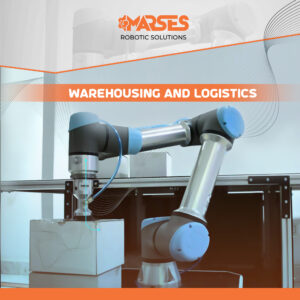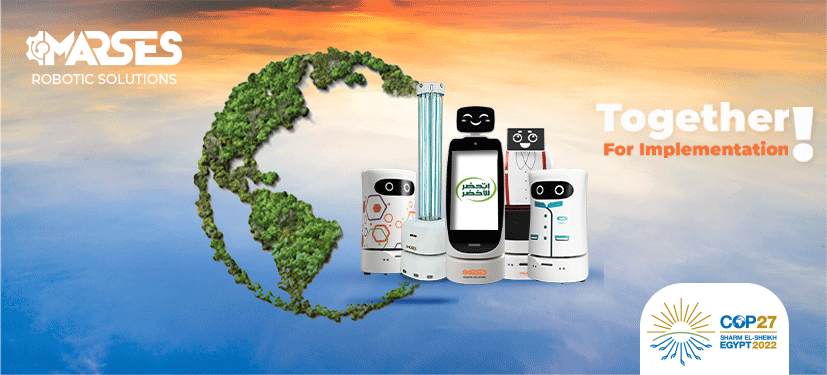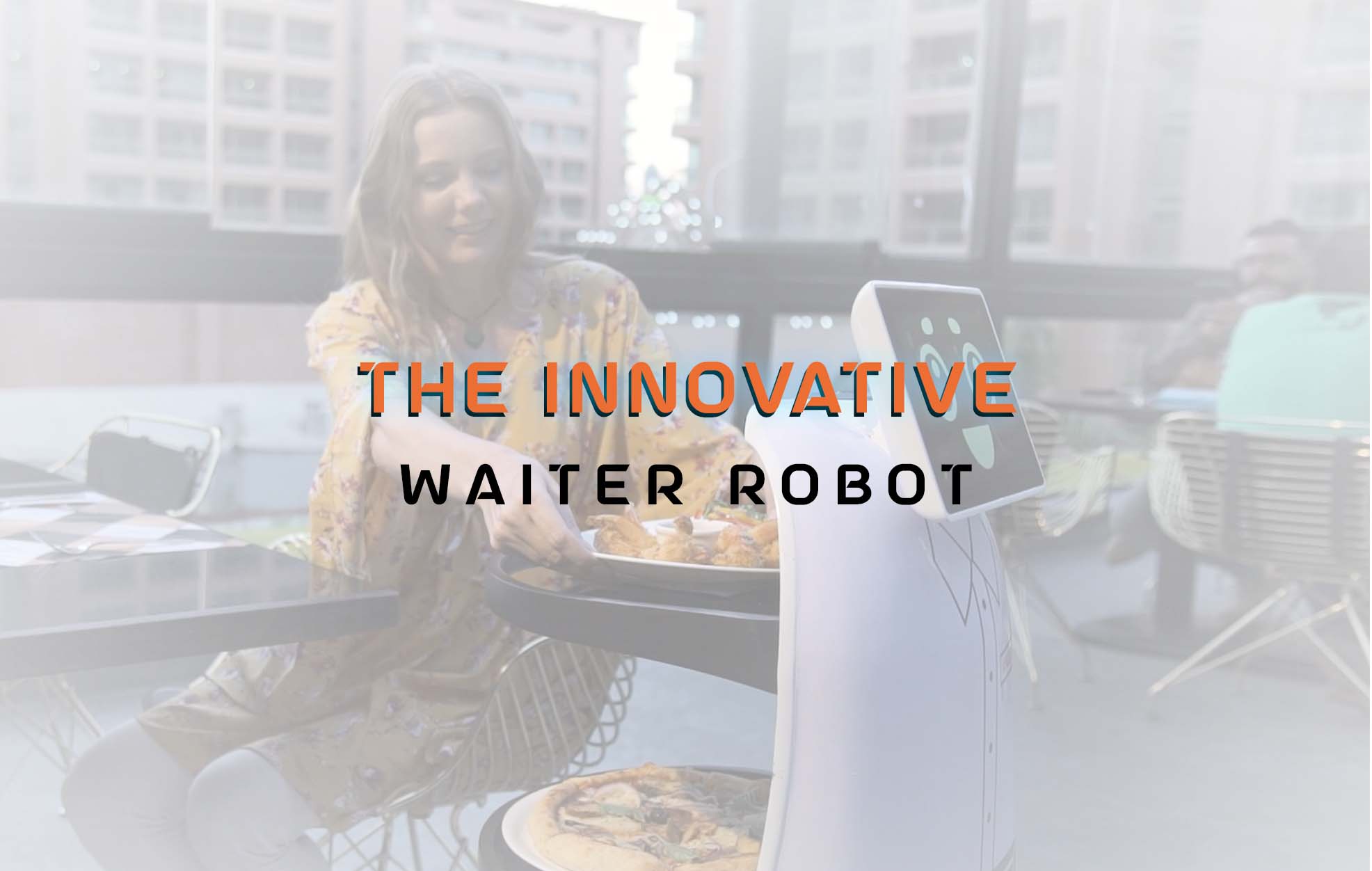The future of Robotics in the MENA region
The Future of Robotics in the MENA Region: Shaping Innovation and Automation
Robotics is becoming a crucial change catalyst in the MENA Region as a result of the technological transformation that is taking place there. Future robotics holds enormous potential for reshaping industries, increasing efficiency, and revolutionizing how we live and work, from AI-powered devices to autonomous systems. The MENA Region is well-positioned to fully utilize robots thanks to its focus on innovation, paving the way for a future that embraces automation and cutting-edge technology.
Applications Across Industries
Robotics is reshaping many industries in the MENA Region, creating unmatched prospects and breakthroughs. Let’s look at some of the important industries where robots are being used:
-
Industrial automation and manufacturing:
Manufacturing process efficiency, productivity, and precision are all being improved through robotics. Manufacturers in the MENA Region can optimize productivity, lower errors, and improve workplace safety by using robotic arms, automated assembly lines, and machine vision systems.

-
Medical robotics and healthcare:
With the advent of Healthcare robots, the healthcare sector is undergoing a huge transformation. The use of robots in surgery, task automation, drug delivery, and patient care is increasing. Robotics in healthcare is revolutionizing therapy, enhancing outcomes, and tackling difficulties in the MENA Region’s healthcare industry. Examples include robotic surgical equipment and e-nursing assistants.

-
Warehousing and Logistics:
Automation in sorting, packing, and material handling technologies is transforming the logistics and warehousing industry. In the MENA Region, autonomous robots with cutting-edge sensors and navigational abilities optimize supply chain operations, cut costs, and increase delivery effectiveness.
-
Hospitality and more:
The hospitality industry is no stranger to innovation, constantly striving to provide exceptional experiences for guests. In recent years, robots have emerged as a game-changer in this sector, transforming the way services are delivered and enhancing customer satisfaction.
One prominent application of robots in the hospitality industry is customer service. With their friendly and interactive capabilities, robots can greet guests, provide information about hotel amenities, and even offer personalized recommendations. These robots create a unique and memorable interaction, leaving guests delighted and impressed.
In the food and beverage sector, robots have revolutionized the dining experience. From robot waiters delivering meals to automated baristas crafting the perfect cup of coffee, these robotic solutions enhance efficiency and accuracy while adding a touch of innovation to the dining ambience.
Moreover, robots in the hospitality industry are not meant to replace human staff but rather complement their skills. By automating repetitive and mundane tasks, employees can focus on providing personalized service and attending to more complex guest requests, ultimately improving the overall guest experience.
Benefits and Challenges
Numerous advantages, as robotics is adopted in the MENA region:
- Enhanced Effectiveness: Robotics automates time-consuming, repetitive chores, freeing up human resources to concentrate on difficult, innovative projects. For businesses around the region, increased efficiency translates into improved productivity and lower operating expenses.
- Improved Safety: Robots are excellent in dangerous areas, minimizing dangers to people. Robotics can carry out hazardous activities in sectors including mining, oil and gas, and firefighting, reducing accidents and guaranteeing worker safety.
- Accuracy and Precision: Due to the precision and accuracy of robots, manufacturing and healthcare have better quality control. Robotic technologies can help the MENA region uphold uniform standards, cut down on errors, and provide better goods and services.
However, along with these benefits, challenges must be addressed:
1. Workforce Adjustment The workforce may need to be retrained or upskilled in order to accommodate automation. It is essential to get workers ready for the evolving nature of work and ensure a smooth transition to a more automated environment.
2. Infrastructure and Cost: Robotics implementation frequently necessitates a substantial investment in technological infrastructure, training, and upkeep. The MENA Region must solve financial issues and make sure the infrastructure is available to allow mass adoption.
Looking Ahead: A Promising Future
The future of robotics in the MENA Region is bright and holds immense promise. As industries embrace automation and AI-powered systems, the region can experience significant economic growth, improved healthcare outcomes, enhanced infrastructure development, and streamlined logistics operations.
By leveraging robotics, the MENA Region can address pressing challenges, optimize processes, and create a more sustainable and technologically advanced society. With continuous advancements and a collaborative mindset, the region is poised to become a global leader in robotics innovation and implementation.
In conclusion, a robotics revolution that will change industries and reinvent how we live and work is about to hit the MENA Region. The region’s potential for a future driven by automation, efficiency, and technological growth will be unlocked through embracing the opportunities provided by robotics, tackling difficulties, and encouraging collaboration and creativity.
Welcome the Future Now
Are you prepared to participate in the revolution in robotics? Learn about the innovative robotics solutions that MARSES Robotics is bringing to a variety of MENA industries. Our cutting-edge robots are revolutionizing industries and enhancing lives in everything. Discover our selection of cutting-edge robotics solutions and start living in the future today.






